MadCatz R.A.T. TE (Tournament Edition) Gaming Mouse Review
Peter Donnell / 10 years ago
Performance
The software for the R.A.T. TE is packed full of features, but MadCatz have laid it out in a nice and clear format that allows for quick changes to the settings you need; you can simply drag and drop shortcuts onto the mouse buttons to apply them.
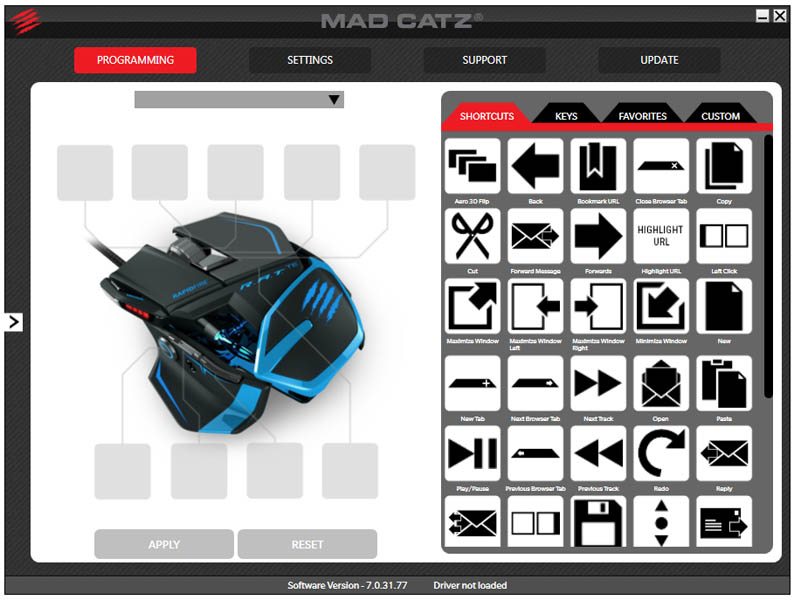
On the left of the window you can create new profiles for saving multiple shortcut and macro sets.
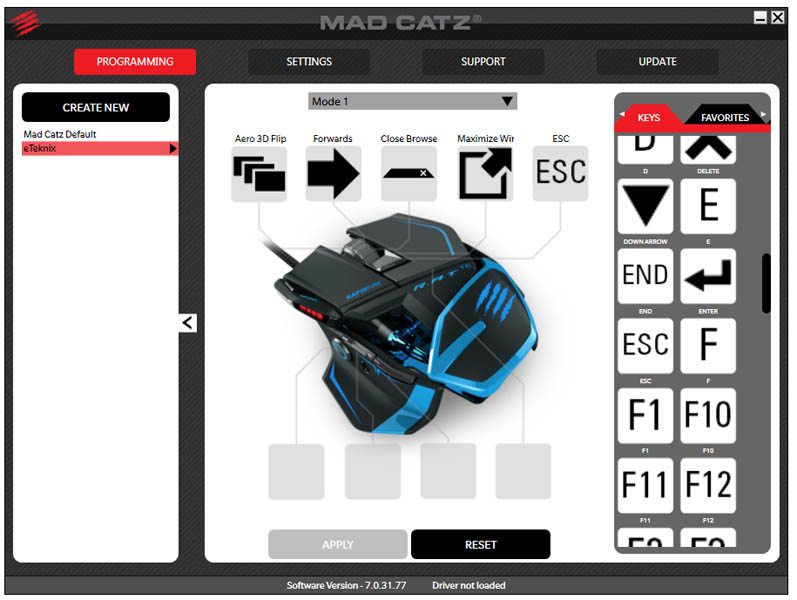
The Macro recording feature is nice and easy to use, you can also customise your macros icon to make it easier to find custom settings in the browser tab.
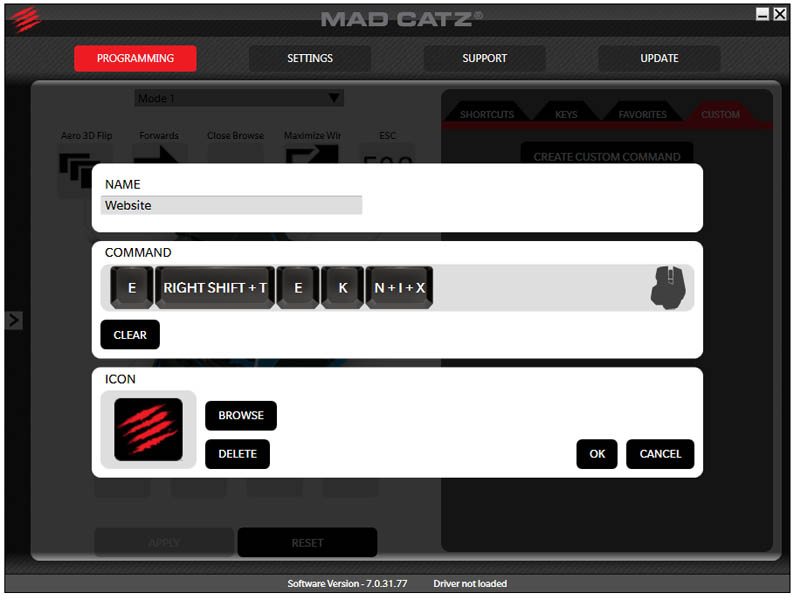
The DPI can be set between 25 and 8200 DPI; you can apply up to four custom speeds to the DPI toggle button on the mouse.
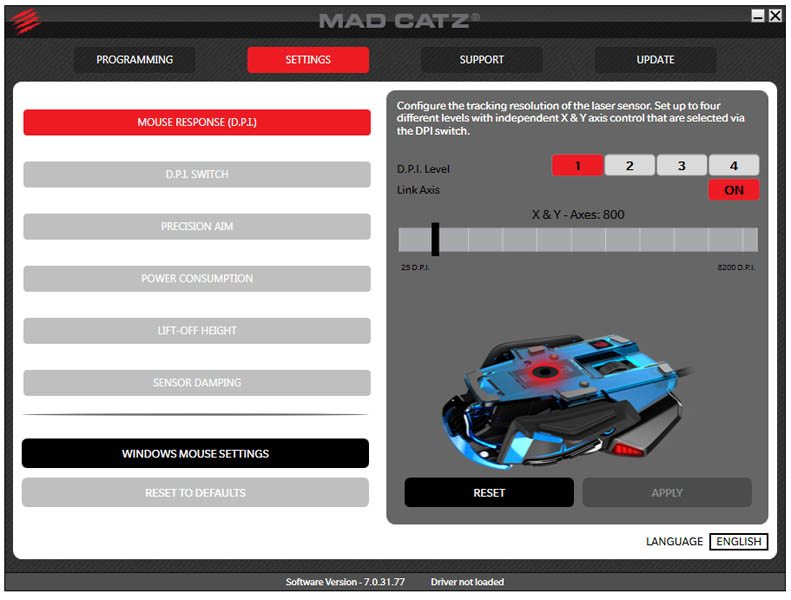
If four settings are too much for you, you can lock the DPI to one speed and use the DPI toggle button as an extra macro button; keep in mind you still have the left sniper button for quick DPI adjustments.
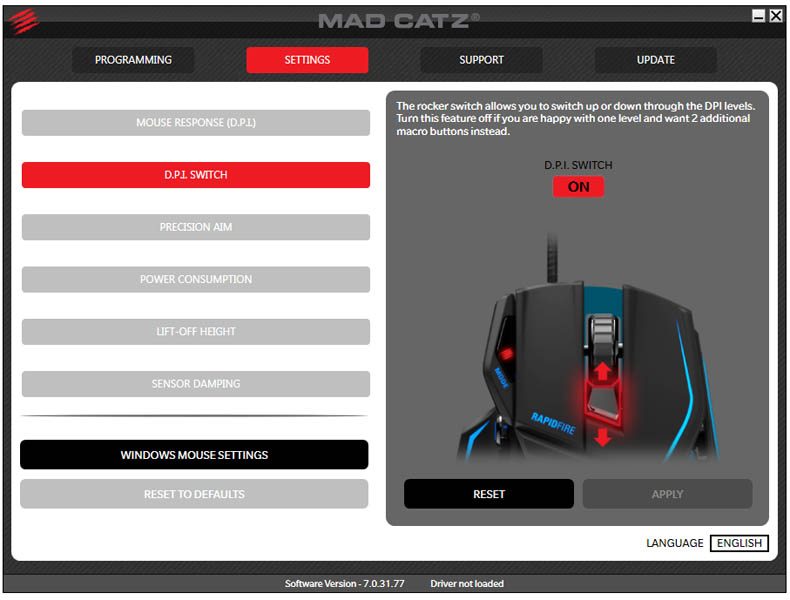
The sniper precision aim button is easily configured thanks to a simple slide bar.
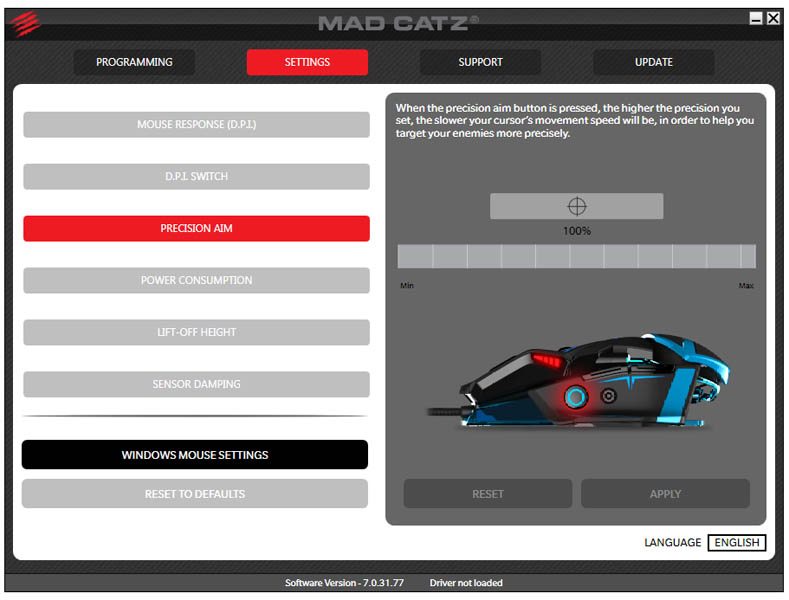
Power management settings; for those times you don’t need everything dialled to 11.
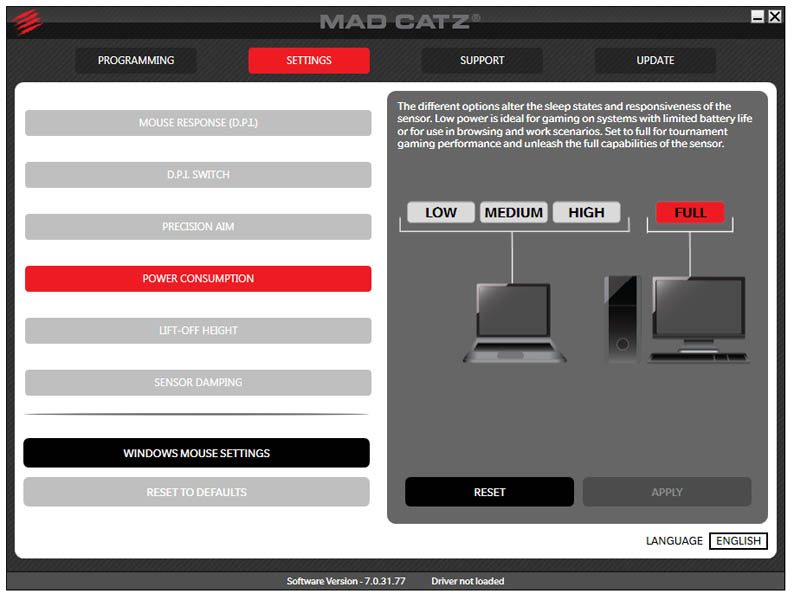
The lift-off height has a range of low to ultra low, just enough to tune the sensor to the type of gaming surface you are using.
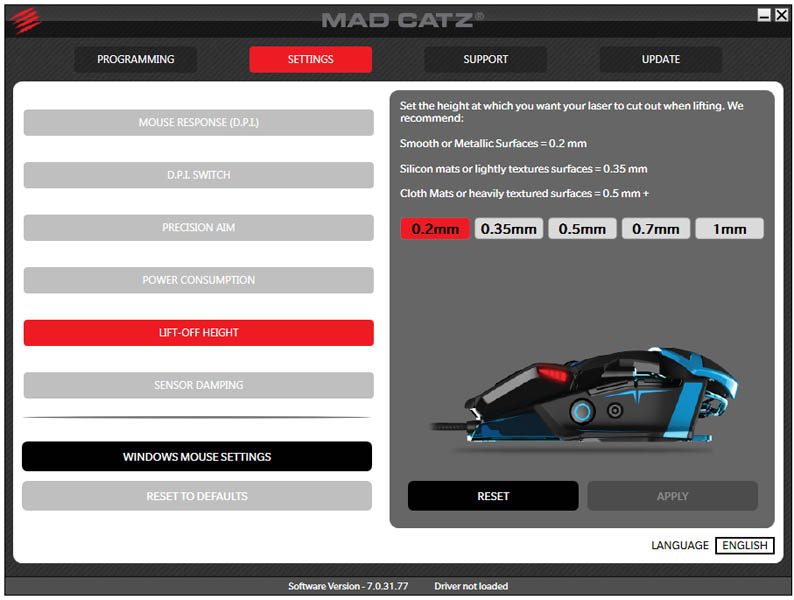
Sensor damping isn’t a feature you often see on a mouse, but it’s certainly welcome; especially if you keep your speakers on your desktop like me.
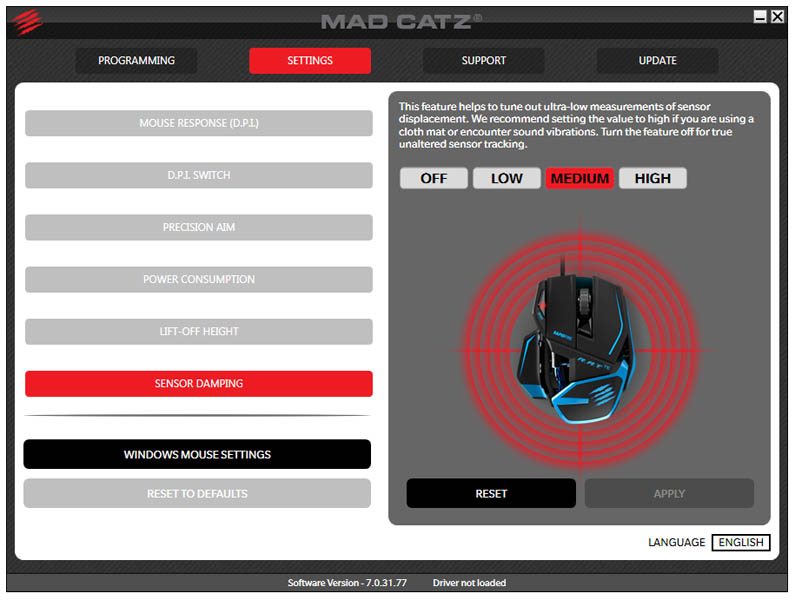
The support tab is handy for checking for updates, contacting technical support, finding tutorial videos and more.
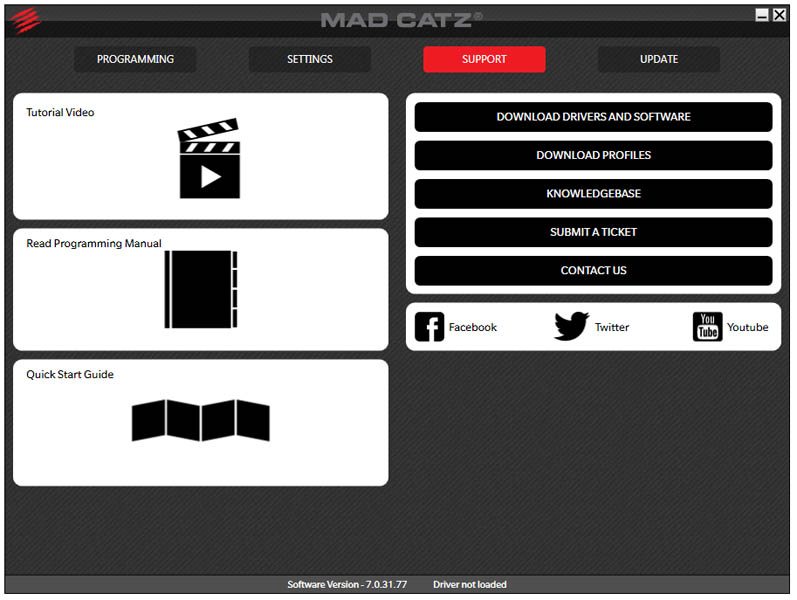
Sensor performance on the R.A.T. TE is immensely good, the first range of tests at 800 DPI passed with flying colours.

1600 and still no sign of any issues.

Now things are getting serious, still no problems and a silky smooth read out.

Right up to 8200 DPI and things are still smooth as silk. In fact, I’ve never seen a sensor perform anywhere near this good at this kind of speed. To give you an example of how good this is, here is an 8200 DPI test from a mouse that did ok for 8200.

There are a couple of small LED lights on the R.A.T. TE, the first is on the mode switch to let you know which mode/profile you have selected.
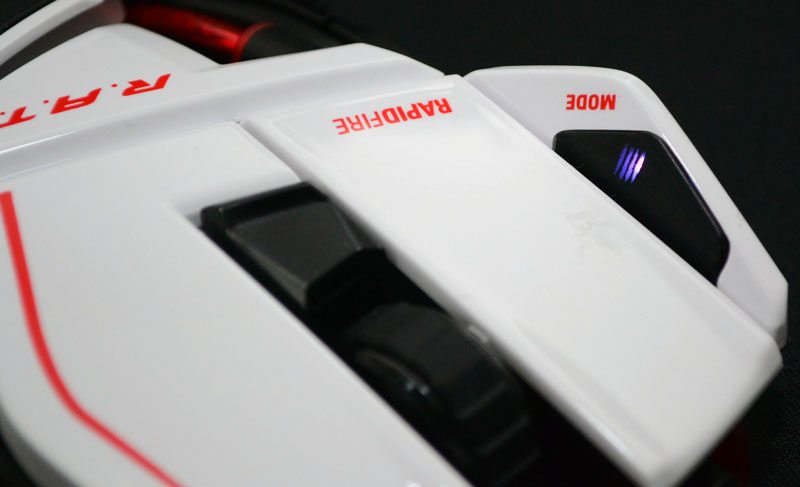
The other is the DPI LED indicator on the left side. They’re both rather subtle lighting effects; enough to give you the visual feedback you need, without being too distracting.
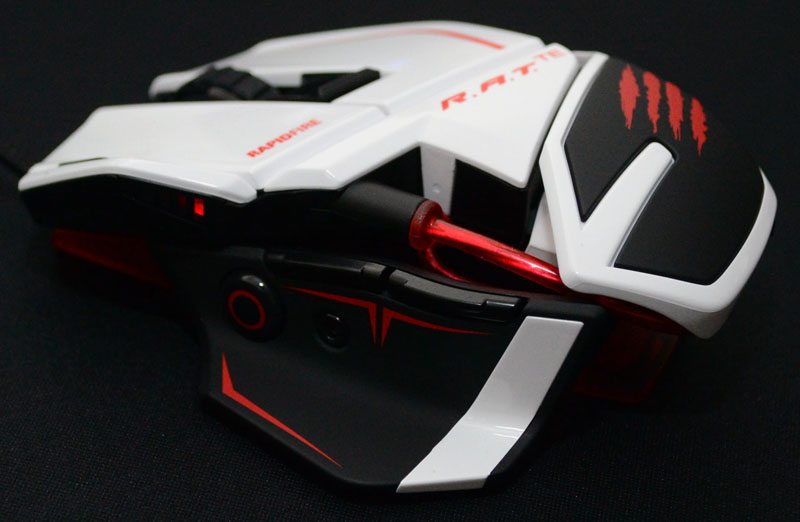
Gaming performance on the R.A.T. TE is pretty much what I expected, flawless. The sensor on this mouse is easily one of the best I’ve ever used, in fact I think it might be the best I’ve ever used. It doesn’t matter what you’re playing, FPS, MMO, MOBA, RPG or even Bubble Witch Saga, the tracking is flawless at all times. Of course, if the sensor does start throwing out some odd results, there are enough settings in the software to fine tune it for maximum performance.
The ergonomics on the R.A.T. TE are rather unique, it’s quite low and the general shape is very wide. The shape is great for claw-grip play styles, but still has some of the benefits of a palm rest style mouse; especially thanks to that extending back panel. Admittedly the mouse does feel quite strange at first, and the shape may take some getting used to, but once you get used to it, you may never want to go back to a “normal” shaped mouse again.
Macro functions are a big part of MMO gaming, at least for anyone who takes their gaming seriously and the TE makes configuring and applying your macros a very easy task, and I love the fact I can use the DPI toggle for extra shortcuts buttons, while still using the sniper button to slow the DPI when I really need to; giving me the best of both worlds.
I’ve been gaming across a wide range of different titles this last few days and no matter what I’ve played, the R.A.T. TE has never let me down, and it feels just as great as a day-to-day mouse in Photoshop as it does while scoring head-shots in CS:GO.



















